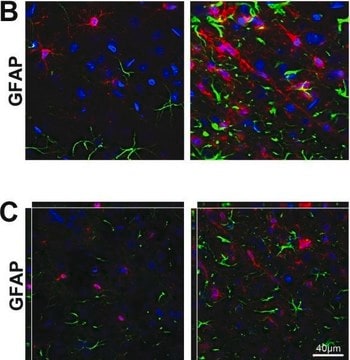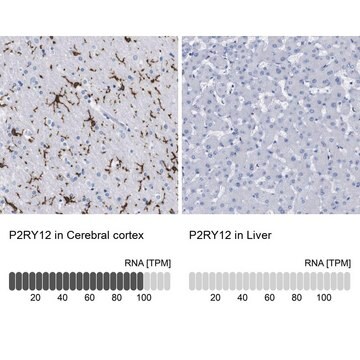ABE290
Anti-TET3
from rabbit, purified by affinity chromatography
Synonym(s):
Methylcytosine dioxygenase TET3
About This Item
Recommended Products
biological source
rabbit
Quality Level
antibody form
affinity isolated antibody
antibody product type
primary antibodies
clone
polyclonal
purified by
affinity chromatography
species reactivity
mouse
species reactivity (predicted by homology)
human (based on 100% sequence homology), rat (based on 100% sequence homology), nonhuman primates (based on 100% sequence homology)
technique(s)
ChIP: suitable (ChIP-seq)
immunocytochemistry: suitable
immunoprecipitation (IP): suitable
western blot: suitable
NCBI accession no.
UniProt accession no.
shipped in
ambient
target post-translational modification
unmodified
Gene Information
human ... TET3(200424)
General description
Specificity
Immunogen
Application
Chromatin Immunoprecipitation-sequencing (ChIP-seq) Analysis: A representative lot detected TET3 chromosome enrichment sites by ChIP-seq analysis (10 µg per ChIP) using chromatin preparation from mouse embryonic stem cells (mESCs) transfected to overexpress mouse TET3 (Courtesy of Reik lab, Epigenetics ISP, Babraham Institute, UK).
Immunocytochemistry Analysis: A 1:250 dilution from a representative lot immunostained 4% paraformaldehyde-fixed, 0.5% Triton X-100-permeabilized mouse embryonic stem cells (mESCs) transfected to overexpress mouse TET3 oocyte isoform Tet3o (Courtesy of Reik lab, Epigenetics ISP, Babraham Institute, UK).
Immunocytochemistry Analysis: A 1:250 dilution from a representative lot detected the immunoreactivity of TET3 oocyte isoform Tet3o in 4% paraformaldehyde-fixed, 0.5% Triton X-100-permeabilized mouse zygotes (Courtesy of Reik lab, Epigenetics ISP, Babraham Institute, UK).
Immunoprecipitation Analysis: 10 µg from a representative lot co-immunoprecipitated endogenous OGT with the exogenously overexpressed mouse TET3 from transfected mouse embryonic stem cells (mESCs) by RIME (Rapid Immunoprecipitation Mass spectrometry of Endogenous proteins) (Courtesy of Reik lab, Epigenetics ISP, Babraham Institute, UK).
Quality
Western Blotting Analysis: 2 µg/mL of this antibody detected the exogenously expressed mouse TET3 GFP fusion protein in 10 µg of lysate from transfected mouse embryonic stem cells (mESCs).
Target description
Storage and Stability
Other Notes
Not finding the right product?
Try our Product Selector Tool.
Storage Class Code
12 - Non Combustible Liquids
WGK
WGK 1
Flash Point(F)
Not applicable
Flash Point(C)
Not applicable
Certificates of Analysis (COA)
Search for Certificates of Analysis (COA) by entering the products Lot/Batch Number. Lot and Batch Numbers can be found on a product’s label following the words ‘Lot’ or ‘Batch’.
Already Own This Product?
Find documentation for the products that you have recently purchased in the Document Library.
Our team of scientists has experience in all areas of research including Life Science, Material Science, Chemical Synthesis, Chromatography, Analytical and many others.
Contact Technical Service






